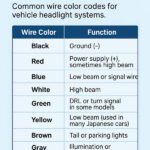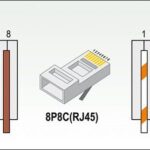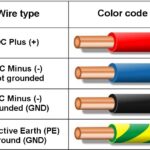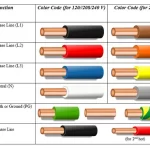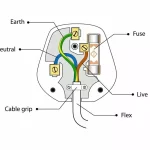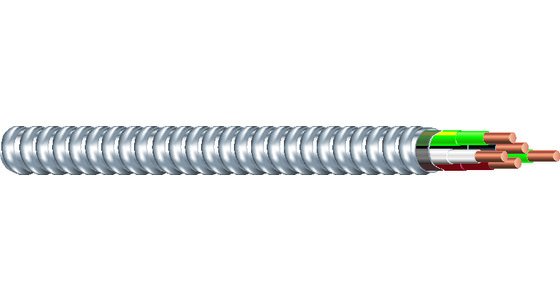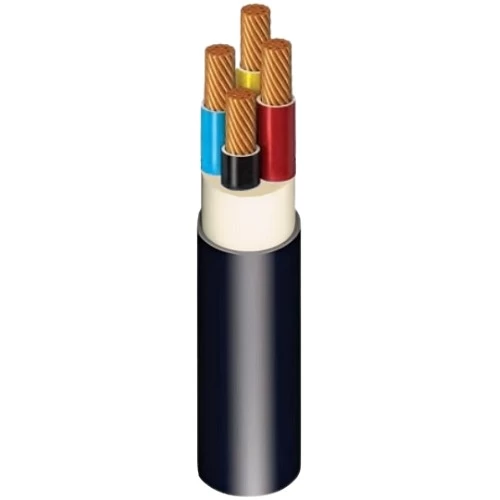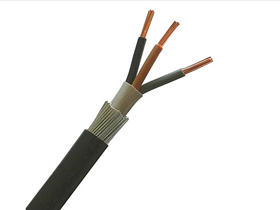Understanding the AC wire color code is essential for safe and compliant electrical installations. Whether you're working on home wiring, commercial buildings, or appliances, identifying wires by color ensures proper connections and reduces the risk of electrical hazards.
This guide explains AC wiring color codes used in different countries, their functions, and practical tips for electricians, DIYers, and engineers.
What Is AC Wiring?
AC (Alternating Current) wiring delivers electricity from the main power source to outlets, lights, and appliances. Most residential and commercial systems operate at 120V, 240V, or 480V depending on region and building type.
In any AC system, wires are categorized by function:
-
Hot (Live) – carries current from the power source.
-
Neutral – returns current to the source.
-
Ground (Earth) – provides a safe path to prevent shock or fire.
Color codes help differentiate these roles clearly.
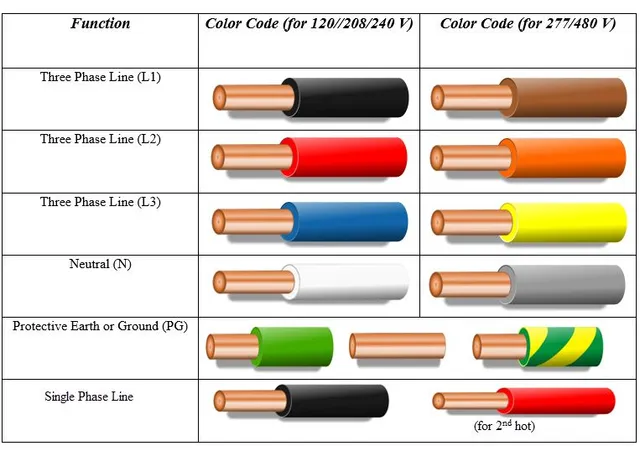
ac wire color code
Standard AC Wire Color Codes by Region
🇺🇸 United States (NEC Standard)
| Wire Color | Function | Notes |
|---|---|---|
| Black | Hot (Live) | Primary hot wire (120V or 240V) |
| Red | Hot (Live) | Secondary hot wire (for 240V or 3-phase) |
| White | Neutral | Returns current to panel |
| Green or Bare | Ground (Earth) | Safety ground wire |
➡ Common in residential and light commercial AC systems.
🇬🇧 United Kingdom (BS 7671)
| Wire Color | Function |
|---|---|
| Brown | Live |
| Blue | Neutral |
| Green/Yellow | Earth (Ground) |
➡ Used in single-phase and three-phase AC systems.
🇪🇺 European Union (IEC Standard)
| Wire Color | Function |
|---|---|
| Brown | Live |
| Blue | Neutral |
| Green/Yellow | Earth (Ground) |
➡ Standard for EU-compliant AC wiring systems.
🇮🇳 India (IS 732)
| Wire Color | Function |
|---|---|
| Red or Brown | Live |
| Black or Blue | Neutral |
| Green | Earth (Ground) |
➡ Widely adopted in Indian residential and commercial installations.
AC Wire Color Code Summary Chart
| Region | Live | Neutral | Ground (Earth) |
|---|---|---|---|
| USA | Black / Red | White | Green or Bare |
| UK | Brown | Blue | Green/Yellow |
| EU | Brown | Blue | Green/Yellow |
| India | Red / Brown | Black / Blue | Green |
Why AC Wire Color Codes Matter
✅ Safety: Prevents shock, fires, and short circuits.
✅ Code Compliance: Required by national electrical codes (NEC, IEC, etc.)
✅ Ease of Installation: Helps electricians and DIYers identify wires quickly.
✅ Efficient Troubleshooting: Simplifies diagnosing wiring faults or equipment issues.
Tips for Working with AC Wiring
-
Always turn off the power at the circuit breaker before working.
-
Use a voltage tester to confirm wires are de-energized.
-
Follow local codes—color standards can vary by country.
-
Label wires during installation for future maintenance.
-
Never assume wire color—inspect connections when in doubt.
Applications of AC Wiring
-
Home and building wiring (outlets, lights, appliances)
-
HVAC systems and thermostats
-
Generator connections and transfer switches
-
Industrial 3-phase systems (with additional color codes)
Conclusion
The AC wire color code is a vital standard that ensures safety, efficiency, and consistency in electrical installations. Whether you're replacing an outlet or wiring a panel, always verify the correct color codes for live, neutral, and ground wires based on your region.
Understanding and following wire color standards helps avoid costly mistakes, enhances compliance, and protects both property and lives.



